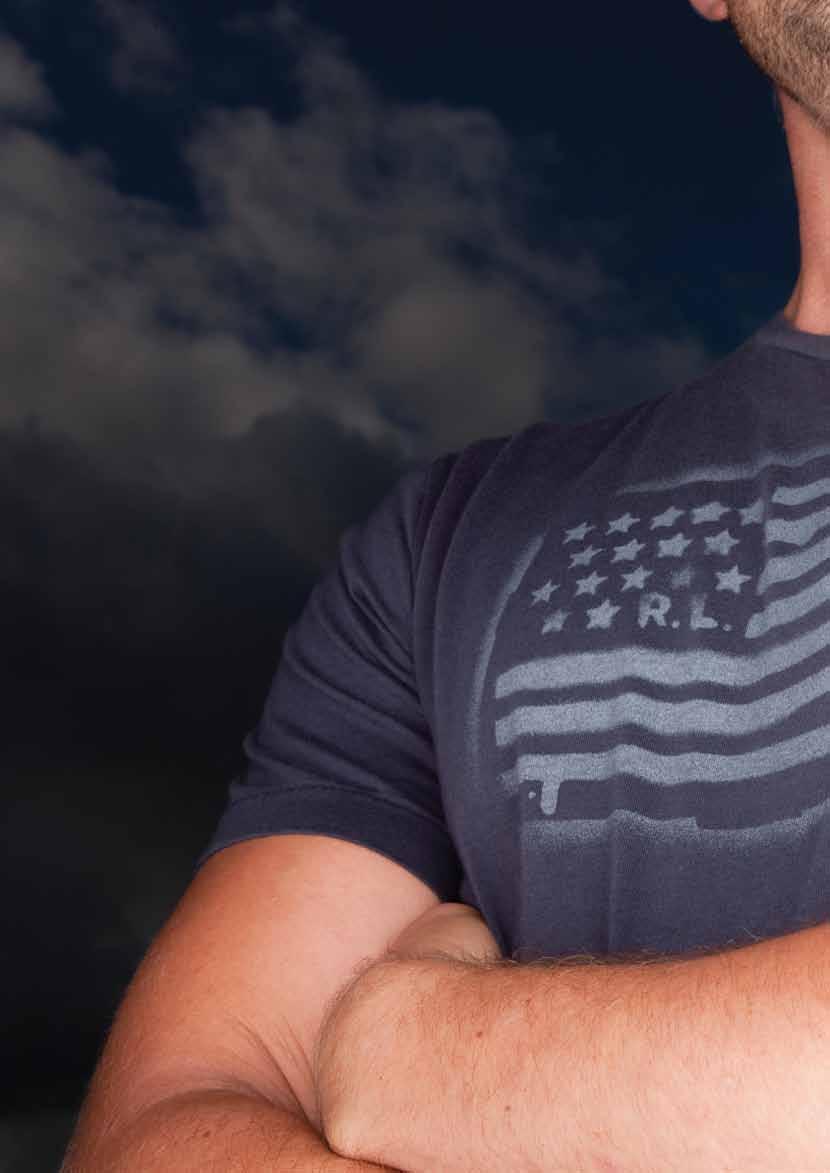
4 minute read
Section 2: Discussion of results in relation to the stances of major clothing brands
Discussion of results in relation to the stances of major clothing brands 2
Many of the major clothing brands whose products were tested in this analysis have public policies restricting the presence of some hazardous substances in their products. Regarding pollution arising from their supply chain, these policies are often limited to only ensuring that suppliers comply with local standards – most of which rarely consider the discharge of the hazardous and persistent chemicals highlighted in this report.
Several brands mentioned in this report regulate the presence of NPEs/NP and other chemicals in their products, though so far, only two have committed to require the elimination of their releases throughout their supply chain and products. 23, 24
At present, none of the brands have established mechanisms for accountability that would require their suppliers to publicly disclose their use or discharge of hazardous substances. This study provides an opportunity for the brands to be transparent and publicly reveal where the products tested have been manufactured and where NPEs and NP have been used and released in their supply chains. Greenpeace is calling on the brands to work with all their suppliers, to disclose and eliminate all releases of hazardous chemicals.
One example where the need for elimination and substitution of hazardous chemicals has been recognised is by the EU in its chemical management law REACH. 25 This constitutes the best system currently in force to protect the environment and human health against the various adverse effects resulting from the use of hazardous chemicals. Yet it is partly due to the fact that REACH has not been fully implemented, and that it is yet to fully cover imported products, that there are still loopholes that allow NP to be released into environment in the EU, for example via imported items containing residues of NPEs, such as clothing. Given recognition of the need for cessation of releases of NP in the EU, and the different restrictions a number of countries have imposed on NP and NPEs, it is surprising that none of the brands mentioned in this report require their suppliers to eliminate the use of these chemicals in production. This is despite many of the brands having recognised the hazards of NPEs/NP, and other dangerous chemicals, and placing restrictions on their presence in their products.
The most effective way to ensure that no hazardous chemicals are present in clothing products, while also ensuring there are no releases during manufacture, is to require the elimination of the use of hazardous chemicals in production.
It is clear that leading clothing brands have not yet made sufficient efforts to eliminate the use and release of hazardous chemicals during production or to ensure that these chemicals are not present in products sold to the consumer. While some brands are now beginning to engage and show leadership on this issue, most of them still lack even a commitment to zero discharge of hazardous chemicals and the accompanying implementation plan and clear timelines for elimination. Given the urgency of the situation, the risk these hazardous chemicals pose and the responsibility these global brands have towards their customers and the environment – it is clear that this needs to change.
Adidas states: Our strategy is to become a zero-emissions company by: - Embedding environmental best practice in everything “ we do - Maximising environmental efficiency gains - Supporting and harnessing our people’s passion for a greener planet. Adidas website 26 ”
Abercrombie & Fitch states:


“Sustainability is a global initiative that we feel strongly about at
Abercrombie & Fitch and we stand by our continued commitment to environmental sustainability and compliance efforts.
Abercrombie & Fitch 27

Lacoste states: “ Lacoste does not have a statement of C S R policy but supports crocodile conservation projects: “Using for over 78 years a crocodile as a logo, the LA C OSTE brand actively supports projects selected by the GEF to safeguard or protect certain species of crocodile, alligators, caiman or gavials now in danger of extinction and whose loss would jeopardise the biological balance of their habitat areas. Lacoste press kit 28 ”

“We recognise that our supply chain processes impact the environment.
While we do not have direct control over our suppliers, vendors and service providers, we [...] seek to have our suppliers and vendors meet our environmental requirements with respect to wastewater treatment, hazardous chemicals, air quality and recycling.
Phillips-Van Heusen, owners of the ”
Calvin Klein brand,
Environmental Statement 29

H&M states:


“We apply the precautionary principle in our environment work and have adopted a preventative approach with the substitution of hazardous chemicals.
H&M Conscious Actions Sustainability Report 2010 30





